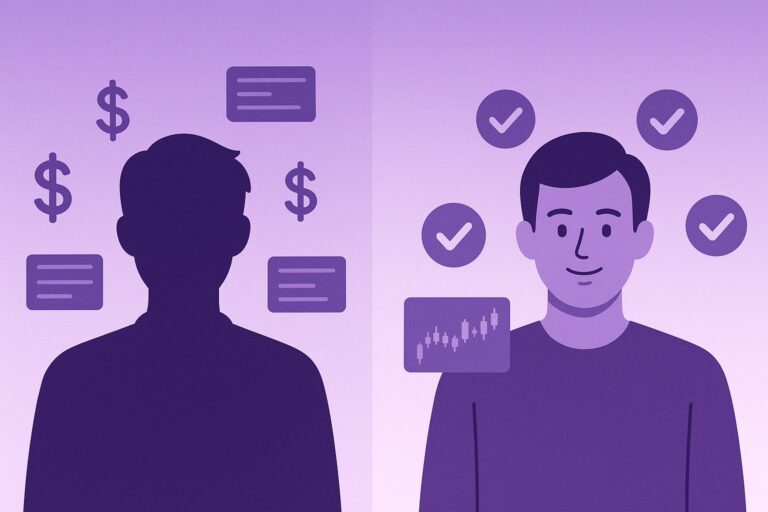
How to Verify Trading Mentors: A Complete Guide to Avoiding Fake Gurus (2025)
Finding a legitimate trading mentor can feel like searching for a needle in a haystack. With flashy Instagram posts, rented Lamborghinis, and doctored screenshots flooding social media, how do you separate real traders from fake gurus?
If you’ve been burned by mentors who promised the moon but delivered nothing but recycled content and fabricated results, you’re not alone. Let’s break down exactly how to verify trading mentors before you invest your hard-earned money.
The Fake Mentor Problem Is Real (and Expensive)
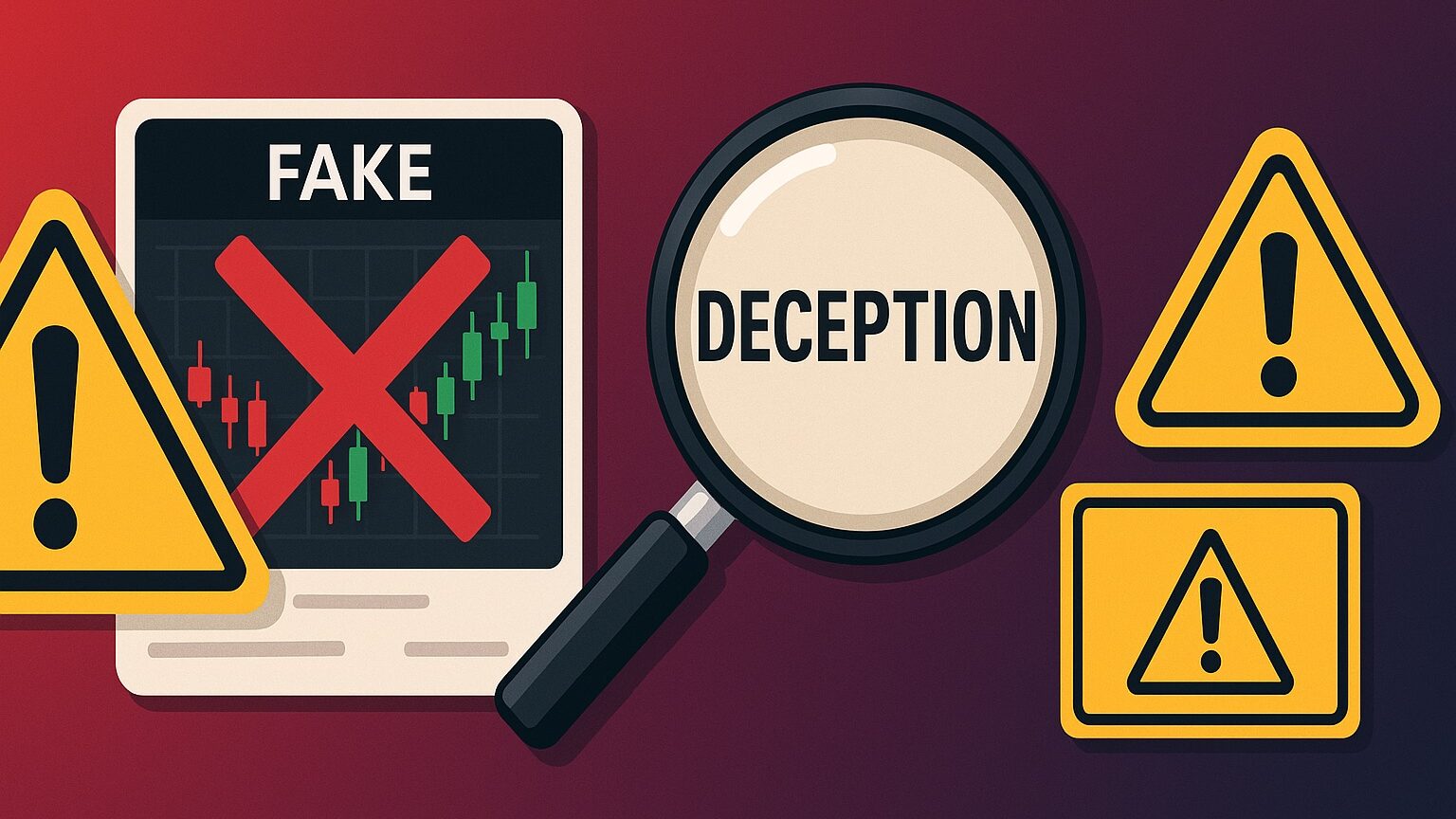
The trading education industry is plagued by fraudulent mentors who exploit aspiring traders. According to the FTC, Americans lost over $3.8 billion to investment scams in 2022, with many victims targeting through mentorship programs and trading courses.
These fake mentors typically:
- Post screenshots that can be easily manipulated
- Show only winning trades while hiding losses
- Use demo accounts instead of live trading
- Rent luxury items for social media credibility
- Disappear when pressed for real verification
The cost isn’t just financial—it’s the time and confidence lost chasing false promises.
Red Flags: Spotting Fake Trading Mentors

Before diving into verification methods, watch for these warning signs:
1. No Track Record Transparency
Real traders have nothing to hide. If a mentor refuses to show verified performance data or gets defensive when asked, run.
2. “Get Rich Quick” Promises
Legitimate mentors emphasize risk management and realistic expectations. Anyone promising 1000% returns or “guaranteed profits” is selling fantasy, not education.
3. Screenshot-Only “Proof”
Screenshots can be modified in under 60 seconds using browser developer tools or photo editing software. They prove absolutely nothing.
4. High-Pressure Sales Tactics
Fake mentors create artificial urgency (“only 3 spots left!”) to prevent you from doing proper research. Real mentors want informed students, not impulsive buyers.
5. No Real-Time Interaction
Watch out for mentors who never trade live or interact with their community in real-time. Pre-recorded content and batch alerts are easy to fake.
How to Actually Verify Trading Mentors
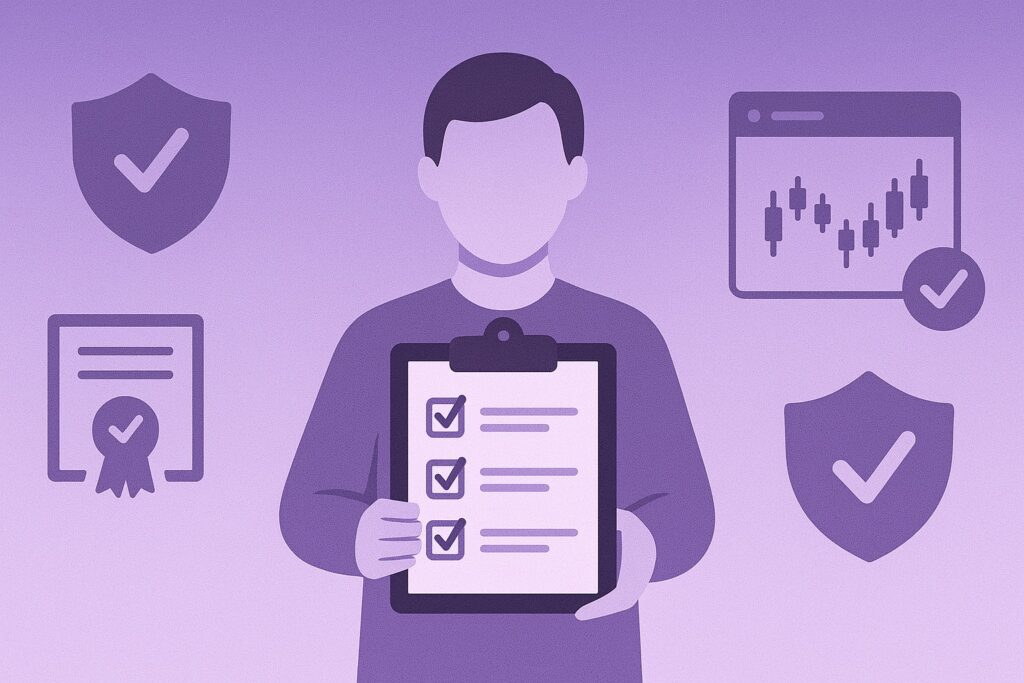
Here’s your step-by-step verification checklist:
1. Demand Live Account Verification
Ask potential mentors to provide third-party verified account statements. Platforms like MyFXBook, TradingView, or broker-issued statements offer independent verification.
What to look for:
- Consistent trading over at least 12 months
- Realistic win rates (60-70%, not 90%+)
- Proper risk management (drawdowns under 20%)
- Trade frequency that matches their teaching style
2. Check for Real-Time Trading
Legitimate mentors should be able to:
- Stream their trading sessions live
- Provide instant trade alerts with entry/exit prices
- Show their actual brokerage platform in real-time
- Answer questions about current positions
Tools like Skippa make this easier by automatically verifying and sharing real-time trades directly from brokerage accounts, eliminating the possibility of fake screenshots.
3. Investigate Their Background
- Search their name + “scam” or “review” on Google
- Check their LinkedIn for trading-related work experience
- Look for regulatory registrations (Series 7, CFA, etc.)
- Verify any trading firm affiliations
4. Analyze Their Content Quality
Quality mentors provide:
- Detailed trade analysis (not just “buy this stock”)
- Risk management education
- Market education beyond signals
- Honest discussion of losses and mistakes
5. Test Their Community
Join their free content first:
- Are community members seeing real results?
- Do they share actual trade confirmations?
- Is there open discussion about both wins and losses?
- Does the mentor engage personally with questions?
Questions Every Aspiring Student Should Ask

Before paying any mentor, ask these direct questions:
- “Can you provide third-party verified account statements from the last 12 months?”
- “Will you show me live trades in real-time, not just alerts after the fact?”
- “What’s your average monthly drawdown and longest losing streak?”
- “Can I speak with long-term students who’ve been with you for over a year?”
- “Do you use the same strategy you teach, with real money?”
Legitimate mentors will answer these questions openly. Fake ones will deflect, make excuses, or get aggressive.
Technology Solutions for Verification
Modern platforms are making mentor verification easier:
Automated Trade Verification: Platforms like Skippa connect directly to mentors’ brokerage accounts, automatically sharing verified trades in real-time. This eliminates the possibility of fake screenshots or delayed alerts.
Third-Party Tracking: Services like MyFXBook, Collective2, and TradingView provide independent verification of trading performance.
Blockchain Solutions: Some platforms are exploring blockchain-based verification for immutable trade records.
The Real Cost of Fake Mentors
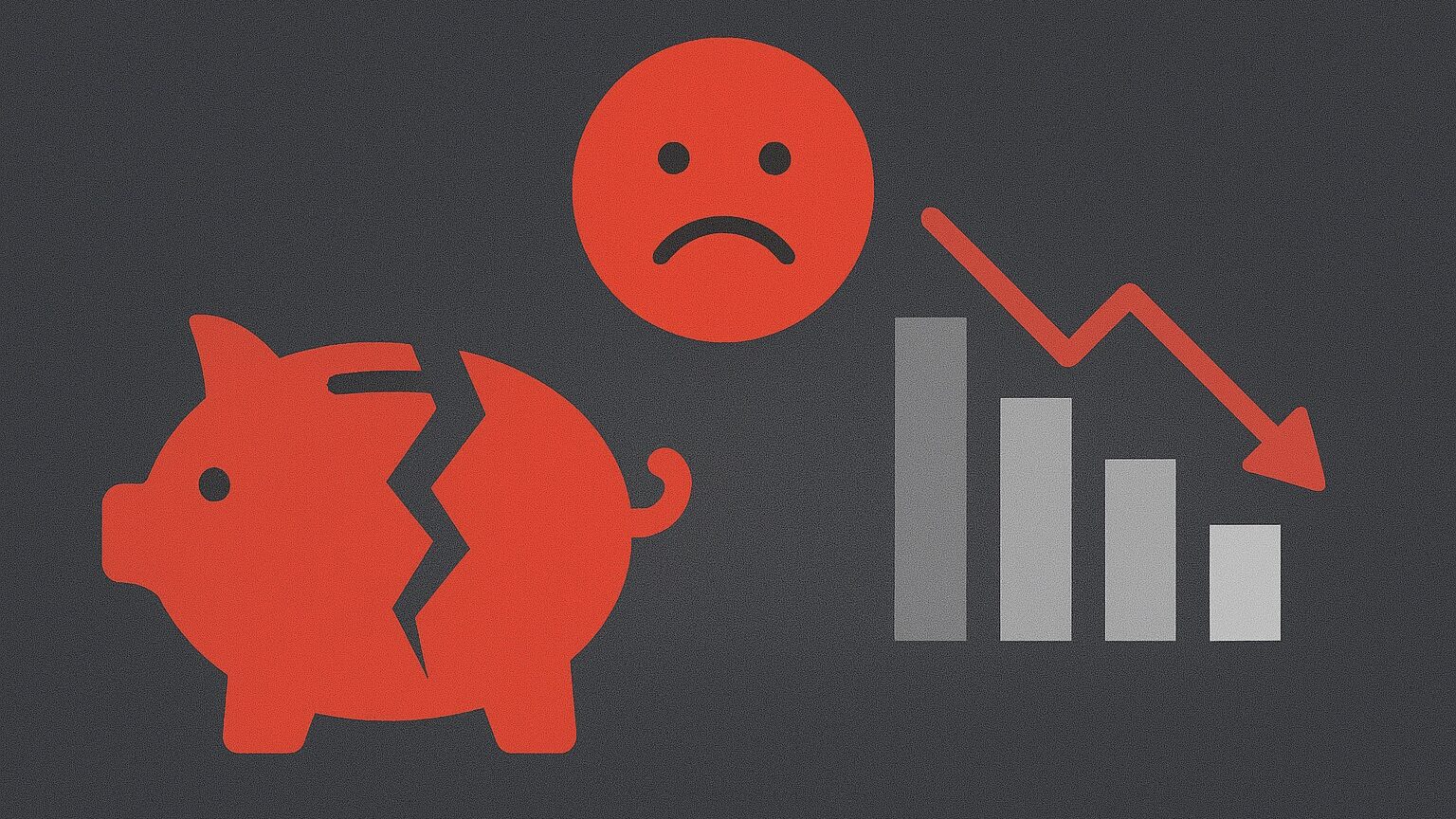
Beyond the obvious financial loss, fake mentors damage your trading journey by:
- Teaching incorrect strategies that lose money
- Creating unrealistic expectations about trading success
- Destroying confidence when their methods inevitably fail
- Wasting time that could be spent learning legitimate skills
According to a 2023 study by the Better Business Bureau, the average victim of trading education fraud loses $7,500. But the psychological impact often costs much more in lost confidence and delayed progress.
What Real Trading Mentorship Looks Like
Legitimate mentors focus on:
- Education over signals: Teaching you to fish, not giving you fish
- Risk management: Protecting your capital comes first
- Realistic expectations: Honest about the challenges of trading
- Long-term development: Building sustainable skills, not quick wins
- Transparency: Open about their own trading performance and methods
They use verified platforms to share real trades and provide ongoing support as you develop your own trading skills.
Red Flags vs. Green Flags: Quick Reference
🚩 Red Flags:
- Screenshot-only proof
- Guaranteed profit claims
- No live trading demonstration
- Defensive about verification requests
- Focus on lifestyle over trading education
✅ Green Flags:
- Third-party verified performance
- Live trading demonstrations
- Realistic profit expectations
- Open about losses and mistakes
- Focus on education and skill development
Take Action: Protect Yourself
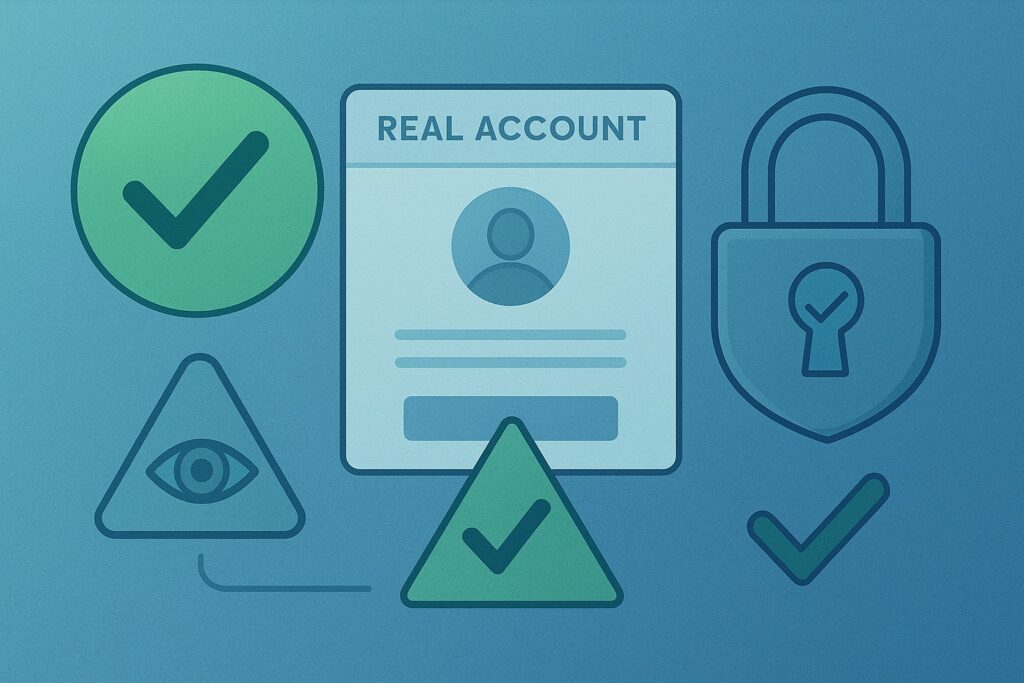
The trading mentor space is improving, but the responsibility to verify credibility still falls on you. Before investing in any program:
- Use this verification checklist methodically
- Demand live proof, not just screenshots
- Start with free content to test their approach
- Connect with other students for honest feedback
- Trust your gut—if something feels off, it probably is
Final Thoughts: Trust, But Verify
The right trading mentor can accelerate your learning and help you avoid costly mistakes. But in an industry full of fake gurus, verification isn’t optional—it’s essential.
Don’t let flashy marketing or social pressure rush you into a decision. Take the time to properly verify any mentor’s credentials, and remember: legitimate traders have nothing to hide.
Looking for a mentor who provides verified, real-time trade sharing? Skippa enables mentors to automatically share verified trades directly from their brokerage accounts, eliminating fake screenshots and ensuring complete transparency. Schedule a demo to see how easy it is to find and work with verified trading mentors.
Ready to find a mentor you can trust? Start with verified platforms that prioritize transparency over flashy promises. Your trading account will thank you.

